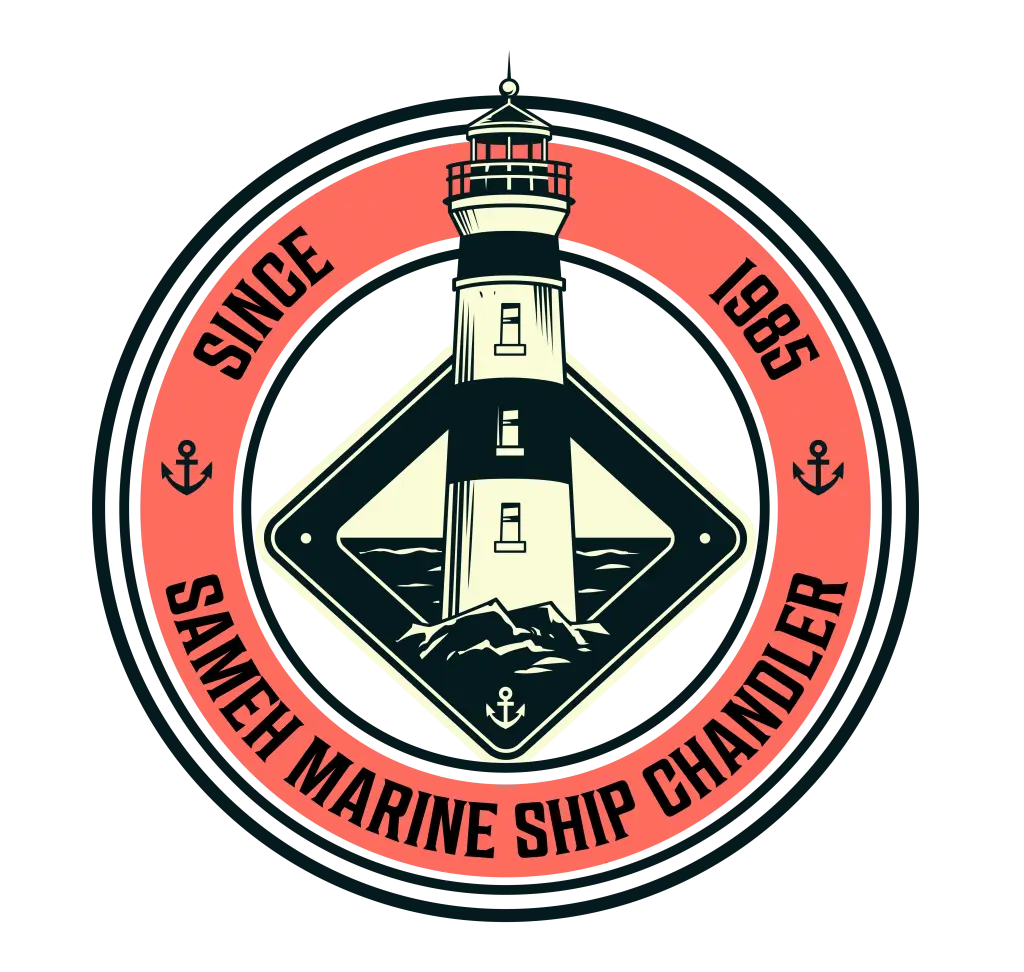Safaga Port stands as a vital maritime gateway, facilitating the movement of goods and passengers across the Red Sea. Amidst the bustling activity of ships docking and departing, the provision of essential supplies remains a cornerstone of maritime logistics. In this article, we explore the intricate workings of ship provision at Safaga Port, exploring the delicate balance between provision supply services and demand, and the strategies employed to ensure seamless operations.
Understanding Ship Provision at Safaga Port
Ship provision encompasses a range of essential supplies necessary for the smooth functioning of vessels during their journeys. These provisions typically include food, water, fuel, and other consumables vital for crew welfare and vessel maintenance. Without adequate provision, ships risk encountering operational disruptions and safety hazards, underscoring the critical role of provision management in maritime logistics.
Safaga Port: A Key Hub for Ship Provision
Bundle on the Egyptian coast, Safaga Port serves as an important hub for maritime trade, connecting major shipping routes traversing the Red Sea. Its strategic location positions it as a preferred choice for vessels transiting through the region, contributing to a steady influx of maritime traffic. At Safaga Port, ships of diverse types and sizes converge, from cargo vessels laden with goods to luxurious cruise liners hosting discerning travelers.
Amidst the vibrant maritime activity, Safaga Port faces unique challenges and opportunities in provisioning ships across all Egyptian ports efficiently. The port’s infrastructure, though robust, contends with limitations in storage and handling facilities, necessitating innovative approaches to provision management.
Factors Influencing Supply and Demand
Supply and demand dynamics play an important role in shaping the provision landscape at Safaga Port. Market forces, seasonal fluctuations, and global events exert significant influence on the ebb and flow of provision requirements. During peak periods, such as the tourist season or holiday festivities, demand for provisions surges as cruise liners and recreational vessels dock at the port, requiring ample supplies to cater to passenger needs.
Conversely, economic downturns or geopolitical tensions may disrupt regular supply chains, leading to supply shortages or price fluctuations. Navigating these fluctuations requires foresight and adaptability, as port authorities collaborate with suppliers and stakeholders to anticipate demand patterns and ensure timely provision delivery.
Challenges in Balancing Supply and Demand
Despite Safaga Port’s strategic advantages, provisioning ships presents a myriad of challenges. Limited storage capacities and logistical constraints pose hurdles in maintaining adequate stock levels, especially during periods of heightened demand. Ensuring the quality and safety of provisions amidst high turnover rates remains paramount, necessitating stringent adherence to regulatory standards and best practices.
Moreover, the diverse nature of vessels calling at Safaga Port adds complexity to provision management. Cargo ships, cruise liners, and fishing vessels each have distinct provisioning requirements, necessitating tailored solutions to meet their needs effectively. Balancing these varied demands while optimizing resource utilization poses a formidable task for port authorities and provisioning companies alike.
Case Studies and Best Practices
Examining successful provision management strategies at other ports offers valuable insights into Damietta Port’s operations. Ports such as Ras Gharib, Port Said, Alexandria, and Safaga have implemented innovative approaches to provision management, leveraging technology and collaboration to optimize supply chain efficiency.
For instance, Port Said has pioneered the use of predictive analytics to forecast provision demand accurately, allowing for proactive resource allocation and inventory optimization. Similarly, Alexandria Port has invested in cold chain infrastructure to preserve perishable provisions, ensuring freshness and quality for seafarers and passengers.
Strategies for Effective Provision Management
To address these challenges, Safaga Port and Ras Gharib Port adopt a multi-faceted approach to provision management, encompassing collaboration, innovation, and sustainability. By forging strategic partnerships with suppliers and service providers, the port gains valuable insights into market trends and demand forecasts, enabling proactive provisioning strategies.
Investments in infrastructure upgrades, including expanded storage facilities and advanced handling equipment, bolster the port’s capacity to handle provisioning operations efficiently. Implementation of state-of-the-art inventory management systems enhances transparency and traceability, minimizing the risk of stockouts or overstocking.
Furthermore, Safaga Port embraces sustainable practices in provision procurement and distribution, prioritizing eco-friendly alternatives and minimizing waste generation. By aligning provision management with environmental stewardship, the port not only reduces its ecological footprint but also enhances its long-term viability as a maritime hub.
Future Outlook and Recommendations
Looking ahead, Samehmarine at Safaga Port must remain vigilant to emerging trends and challenges in provision management. With the advent of digitalization and automation, opportunities abound for streamlining provisioning processes and enhancing operational agility. Embracing cutting-edge technologies such as blockchain and IoT can revolutionize supply chain visibility, fostering greater resilience and responsiveness.
Additionally, fostering collaboration among industry stakeholders and fostering a culture of innovation will be paramount in addressing future provision challenges. By prioritizing continuous improvement and knowledge-sharing, Safaga Port can cement its position as a premier maritime gateway, setting the standard for provision excellence in the region.
Conclusion
In conclusion, ship provision at Safaga Port embodies a delicate balancing act, requiring foresight, adaptability, and collaboration to ensure seamless operations. By navigating the complexities of supply and demand dynamics, Safaga Port reaffirms its role as a linchpin of maritime trade, delivering essential supplies to vessels navigating the waters of the Red Sea and beyond.
